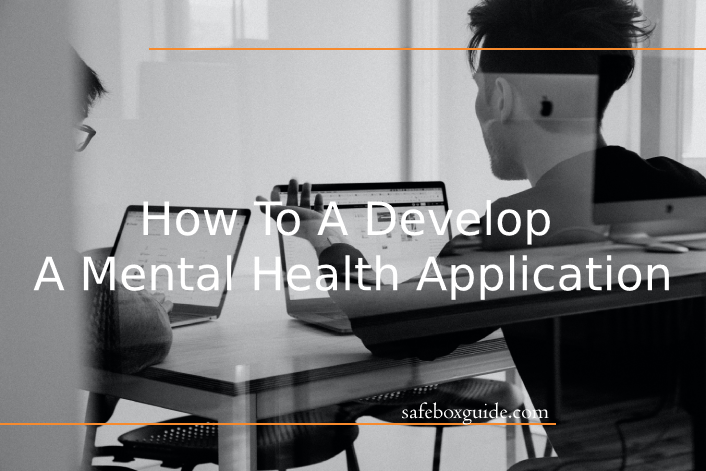The development of a mental health application requires a comprehensive and collaborative process. This is as tricky to pick, like where to bet in your leisure time, safest option is online casino for real money. The following steps will outline the process of developing a mental health application:
Contents
1. Establish a Concept

The first step in developing a mental health application is to determine what the application will do and how it will be used. This step should involve extensive research and collaboration among stakeholders to ensure that the application meets the needs of users.
2. Design the User Interface
Once the concept has been established, the next step is to design the user interface. This involves creating a visual layout of the application, considering user experience, and understanding how the user will interact with the application.
3. Develop the Application
After the design has been finalized, the development process begins. This includes coding the application and ensuring that it meets the requirements that have been established.
4. Test the Application

After the application has been developed, it needs to be tested to ensure that it is functioning properly and that it meets the desired criteria. This step should involve feedback from users to ensure that the application meets their needs.
5. Launch the Application
Once the application has been tested and approved, it is ready to be launched. This involves making the application available to users and ensuring that they have access to all of the features and functions that have been developed.
6. Monitor Performance
After the application has been launched, it is important to monitor its performance and make any necessary adjustments to ensure that it is functioning properly and meeting the needs of users. This step should include feedback from users to ensure that the application is meeting their needs. The development of a mental health application requires a comprehensive and collaborative process.
Mental health applications can offer a number of benefits for those struggling with mental health issues. These apps can provide a low-cost alternative to traditional therapy, allowing individuals to access resources and support when they need it most.
1. On-Demand Care
Mental health apps provide on-demand access to mental health care, allowing individuals to receive the help they need at any time. This convenience can be invaluable, especially for those who are unable to make regular trips to a therapist or counselor.
2. Personalized Care
Mental health apps offer personalized care, tailoring their services to the individual’s unique needs and preferences. This can be especially helpful for those who feel uncomfortable with traditional therapy sessions or who may not be able to access such services.
3. Comprehensive Care
Mental health apps typically provide a comprehensive range of services, from self-assessment tools to personalized advice. This allows individuals to find the support they need without the need for multiple visits to multiple professionals.
4. Increased Accessibility
Mental health apps have the potential to increase access to mental health care, especially in underserved communities. These apps can provide convenient, low-cost care to individuals who may not otherwise be able to access traditional mental health services.
5. Improved Self-Awareness
In addition to providing on-demand care and personalized advice, mental health apps can also help individuals become more mindful and self-aware. Through the use of self-assessment tools and other resources, individuals can gain a better understanding of their own mental health and how to better manage it.
By following the steps outlined above, developers can ensure that their application meets the needs of users and provides a positive experience.

